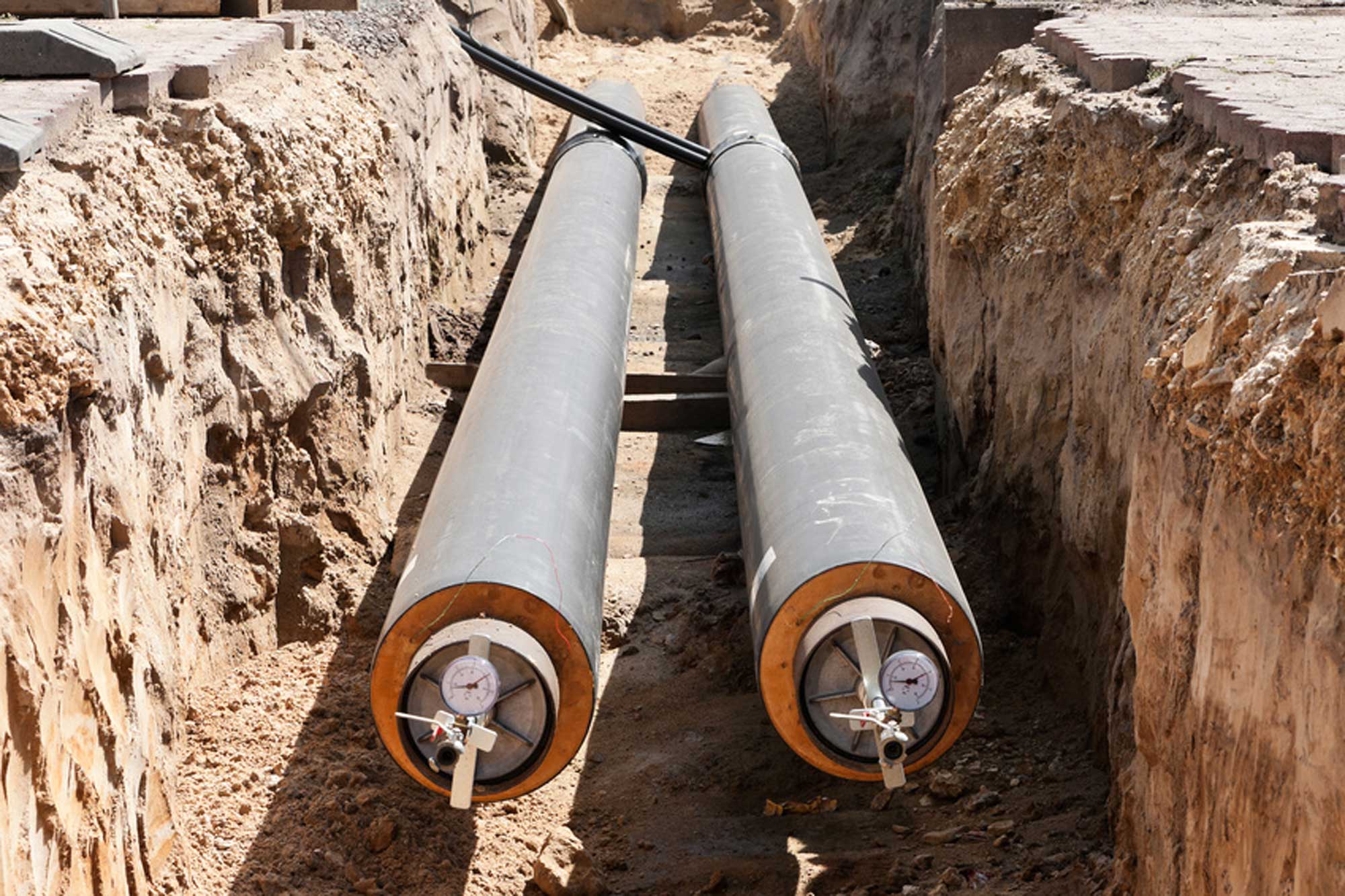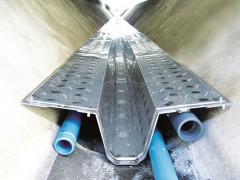District heating systems are well suited to incorporating renewable energy and utilising waste heat. They facilitate coupling with other energy sectors and energy infrastructures and can become a key component of a CO2-free energy system. The existing systems will need to be developed further in order to leverage this potential. Flexible storage capacities and smart control strategies have an important role to play in this regard as they allow to compensate imbalances between energy generation and final energy consumption caused by a fluctuating supply from renewable sources.
The technology collaboration programme District Heating and Cooling including Combined Heat and Power (DHC TCP) is researching the design, performance capacity and operation of district heating and cooling networks including combined heat and power systems in order to come up with forward-looking solutions for the energy-efficient, environmentally friendly supply of heat and cooling. With Austrian involvement, i. a. work programmes to incorporate district heating and cooling into integrated energy systems are being carried out. Annex TS2: Implementation of Low-Temperature District Heating Systems is studying how heat can be supplied from low-temperature heat sources in the operation of smart energy systems. In Annex TS3: Hybrid Energy Networks new options for district heating and cooling networks are being developed, including integrating high-efficiency heat pumps and storage systems. This integrated approach is based on leveraging synergy effects between electricity distribution networks, district heating and cooling networks and gas grids and creating hybrid energy infrastructures.
https://nachhaltigwirtschaften.at/de/iea/technologieprogramme/dhc-chp/
![]()
ThermaFLEX demonstrator – Using waste heat from sewage in Vienna’s Liesing district
As demonstrator within the flagship project ThermaFLEX led by AEE INTEC, Wien Energie is working in cooperation with research partners* on the realization of a demonstration plant for the utilization of waste heat from sewage in Wien-Liesing. For low-temperature systems and urban development areas, the decentralized use of thermal energy from sewage represents a new and innovative form of heat recovery. The technical concept is based on the use of sewage from the main sewer (heat source) and heat transfer at a low temperature level (8-20°C). In a further step, heat pumps with a total heat output of around 1.3 MWth are used to raise the temperature.
The concept is specially designed to utilize waste heat from sewage pipes with a minimum flow rate of 15 litres/sec for feeding in district heating systems with flow temperatures between 70 and 90°C. The functionality of the demonstration plant is to be tested for more than 6 months under different operating conditions including operation on reduced electricity tariffs during parts of the day. It is planned that the plant will be commissioned in 2021 and will then regularly feed into a secondary district heating network in Vienna. Based on the performance of the system (e.g. efficiency of heat pumps and heat exchangers) and the resulting operating costs, a technical and economic guideline for the optimized planning, implementation and operation of such systems will be developed.
https://thermaflex.greenenergylab.at/e4a_demonstrator/demo-6/
* Project partners: AEE – Institute for Sustainable Technologies (AEE INTEC) (project lead), Wien Energie GmbH, AIT Austrian Institute of Technology GmbH, TU Wien – Institute of Energy Systems and Electrical Drives, Graz University of Technology – Institute of Thermal Engineering
The project is carried out as part of the Green Energy Lab innovation laboratory. See also p. 7 for information on the ThermaFLEX flagship project.

